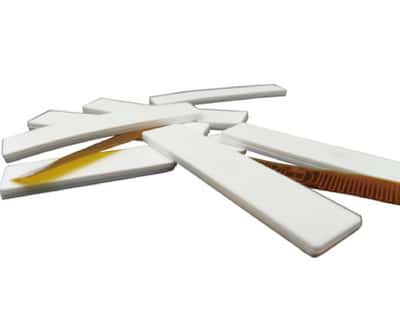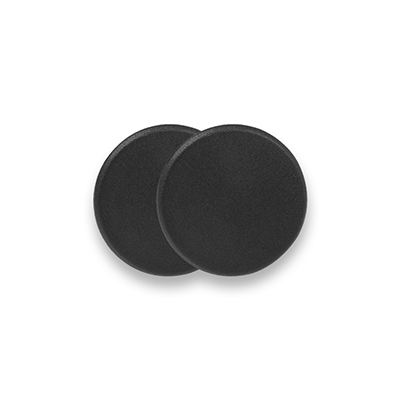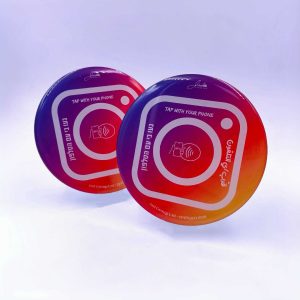Proximity cards and RFID key fobs are both popular forms of access control that use RFID technology to communicate with reader devices. They both have their benefits and drawbacks depending on your needs and preferences. The three main differences between them are their size and shape, their compatibility and flexibility, and their security and privacy.
If you want a fast, durable, secure form of access control that works with most reader devices without any hassle then you might prefer proximity cards.
If you want a convenient portable customizable form of access control that works with multiple purposes without any waste then you might prefer RFID key fobs.
Ultimately the choice is yours but we hope this blog post has helped you understand the differences between proximity cards and RFID key fobs better.
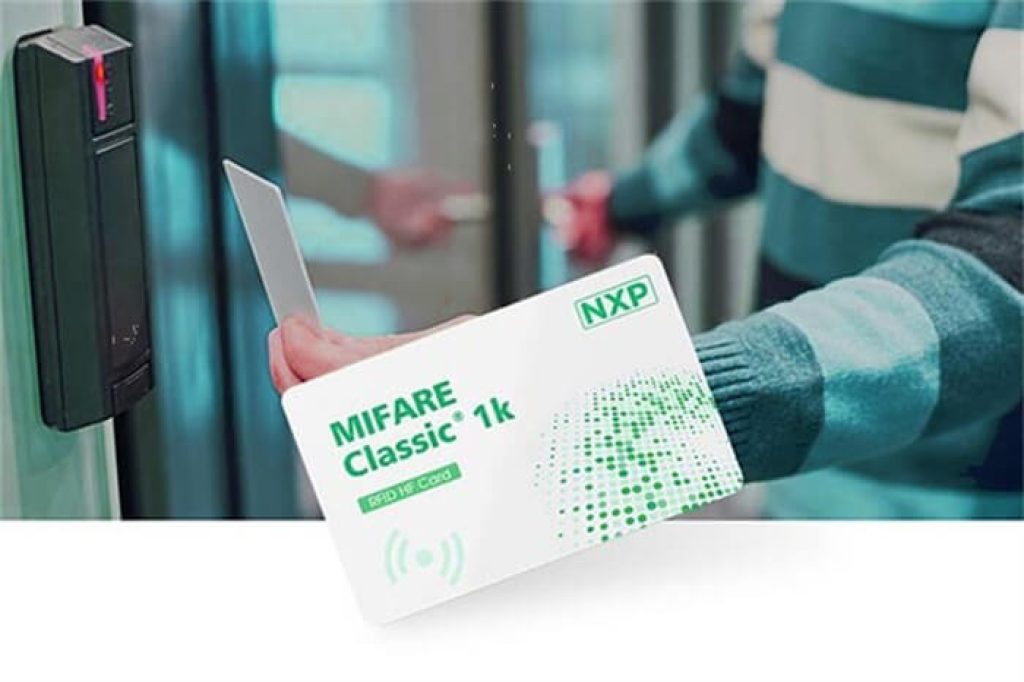
What are Proximity Cards
Proximity cards are thin plastic cards that contain an embedded RFID chip and antenna. They are usually the same size and shape as a standard credit card, but they can also come in different formats such as wristbands, stickers, or tags. Proximity cards are commonly used for access control, identification, and payment purposes. They work by holding them near a reader device that scans the RFID signal and verifies the card’s information. Depending on the type of proximity card, the reading distance can range from a few centimeters to a few meters.
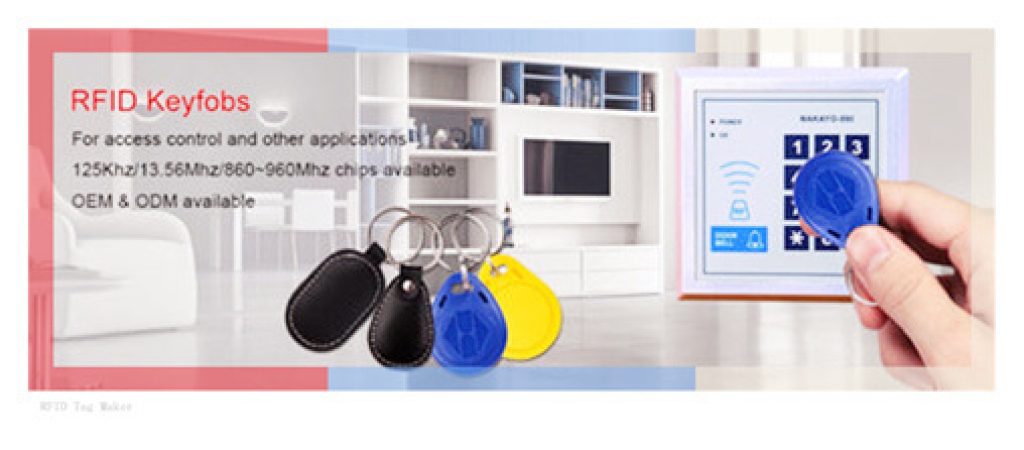
What are RFID Key Fobs
RFID Key fobs are small plastic devices that also contain an RFID chip and antenna. They are typically attached to a key ring or lanyard and can be easily carried around. Key fobs are also used for access control, identification, and payment purposes. They work in the same way as proximity cards, by holding them near a reader device that scans the RFID signal and verifies the fob’s information. The reading distance of key fobs is usually shorter than that of proximity cards, but they can still be read from a few centimeters away.
Benefits of Proximity Cards
Proximity cards have several advantages over other forms of access control, such as:
- They are fast and easy to use. You don’t need to insert them into a slot or swipe them through a magnetic stripe reader. You just need to hold them near the reader device and wait for a beep or a green light.
- They are durable and resistant to wear and tear. Unlike magnetic stripe cards, they don’t get damaged by scratches, dirt, or moisture. They can also withstand high temperatures and exposure to sunlight.
- They are secure and hard to duplicate. The RFID chip inside the card stores a unique identification number that cannot be altered or cloned. The reader device can also encrypt the communication between the card and the reader to prevent unauthorized access or data theft. Benefits of RFID Key Fobs
RFID Key fobs also have several advantages over other forms of access control, such as:
- They are convenient and portable. You can easily attach them to your keys, wallet, phone case, or belt loop and carry them with you wherever you go. You don’t need to worry about losing them or forgetting them in your pocket or purse.
- They are customizable and versatile. You can choose from different colors, shapes, sizes, and designs to suit your preferences or branding. You can also use them for multiple purposes such as opening doors, gates, lockers, cabinets, or vending machines.
- They are cost-effective and easy to replace. Compared to proximity cards, key fobs are usually cheaper to produce and purchase. If you lose or damage your key fob, you can simply deactivate it and get a new one without having to change the locks or readers.
RFID Key Fobs vs Proximity Cards
While both proximity cards and RFID key fobs use RFID technology and have similar functions, there are some notable differences between them that you should consider before choosing one over the other. Here are three main differences that you should keep in mind:
- Size and shape: Proximity cards are larger and flatter than RFID key fobs. This means that they can store more information on the RFID chip and have a longer reading distance. However, this also means that they are more visible and bulky to carry around. RFID Key fobs are smaller and rounder than proximity cards. This means that they can fit more easily in your pocket or hand and be less noticeable. However, this also means that they have less storage capacity on the RFID chip and a shorter reading distance.
- Compatibility and flexibility: Proximity cards are more standardized and compatible than RFID key fobs. This means that they can work with most reader devices and systems without requiring any modifications or adjustments. However, this also means that they are less flexible and adaptable to different situations or environments. Key fobs are more varied and customizable than proximity cards. This means that they can be tailored to specific reader devices and systems by changing their frequency, protocol, or format. However, this also means that they may not work with some reader devices or systems without requiring some modifications or adjustments.
- Security and privacy: Proximity cards are more secure and private than key fobs. This means that they can protect your data and identity better by using encryption, authentication, or biometric features. However, this also means that they may require more maintenance and management to ensure their security and privacy. RFID Key fobs are less secure and private than proximity cards. This means that they may expose your data and identity more easily by being hacked, cloned, or scanned by unauthorized parties. However, this also means that they may require less maintenance and management to ensure their functionality and convenience.
How do I program a proximity card?
Programming a proximity card is a process that involves choosing the right format, specifying the programming information, and selecting the facility code and card range number. Here are some steps that you can follow to program a proximity card:
- Find the right HID prox format and part number. This is determined by your access control system and indicates how the card will be read by the reader device. You can find this information on the box label of your cards or on the card itself.
- Specify the programming information. This includes the base part number and a series of letters that indicate the appearance options of your card, such as color, slot punch, or logo. You may need to contact your card manufacturer or supplier to order some combinations.
- Select the facility code and card range number. The facility code is a number between 0 and 255 that identifies your location or site. The card range number is a unique ID number for each card that is usually between 0 and 65,535. You can choose these numbers yourself or have them assigned by your card manufacturer or supplier.
- Place the card in the holder or encoder device and follow the instructions to program it. You may need to use a software application or a web interface to do this. The device will beep or flash when the card is programmed successfully.
You can also reprogram an existing proximity card by using a reprogrammable card and an encoder device⁴. You just need to place the card in the holder, label-side down, and then click the “Program” tab. The unit will beep once, signaling that the card is reprogrammed.







